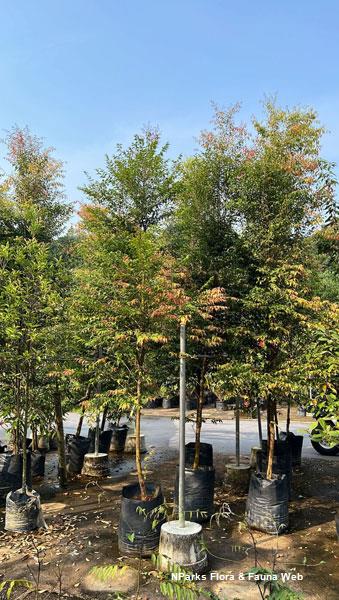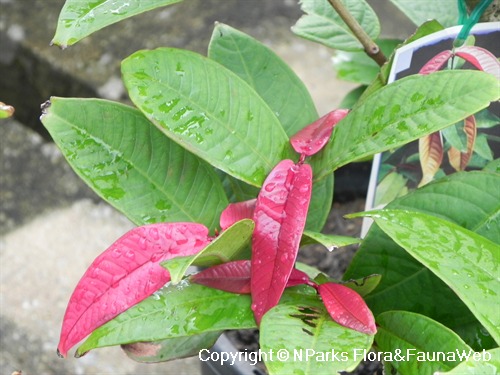_lowres.jpg)
Back
Syzygium pycnanthum Merr. & L.M.Perry
| Family Name: | Myrtaceae |
| Synonyms: | Eugenia densiflora (Blume) Miq. |
| Common Name: | Kelat Jambu, Wild Rose Apple, Kelat Asam, Kelampok, Kopo, Jambu Kapa, Jambon, Jambu Air Antan, Jambu Air Mawar Hutan, Kelat Lapis, Kelat Putih Bukit |
Name
Classifications and Characteristics
| Plant Division | Angiosperms (Flowering Seed Plants) (Dicotyledon) |
|---|---|
| Plant Growth Form | Tree |
| Lifespan (in Singapore) | Perennial |
| Mode of Nutrition | Autotrophic |
| Plant Shape | Conical, Irregular |
| Maximum Height | 21 m |
Biogeography
| Native Distribution | Thailand, Malaysia, Singapore, Indonesia, Borneo |
|---|---|
| Native Habitat | Terrestrial (Riverine) |
| Preferred Climate Zone | Tropical |
| Local Conservation Status | Native to Singapore (Critically Endangered (CR)) |
Description and Ethnobotany
| Growth Form | It is a tree, up to 15 - 21 m tall. |
|---|---|
| Crown | Rounded-conical, with erect stems and branching. |
| Foliage | It has opposite stalked leaves that are leathery, usually elliptic oblong to oblong egg-shaped, 18–36 cm long by 4.6–10 cm wide, and each has a pointed leaf tip, 2–3 veins running parallel to the leaf margin, and up to 20 pairs of side veins. |
| Flowers | It produces bisexual flowers that are pink or white, 3.8–5 cm across, and found in up to 15 cm long flower clusters located at the ends of its branches. |
| Fruit | It produces fleshy fruits that are round, about 2–3 cm across, and pink to purple. |
| Habitat | It is found in rainforest, along riverbanks and waterfalls. |
| Associated Fauna | Its flowers are probably pollinated by bats, and fruits are likely eaten by birds. |
| Cultivation | Tolerates saline soils and salt spray. Propagate by seeds, stem cuttings or air-layering. Termite-resistant rootstock often used as graft stock for other Syzygium species. |
| Etymology | Greek syzygos, joined, referring to the paired leaves of this species; Greek pycnanthum, dense-flowered, referring to the flowering shoot of this species |
| Ethnobotanical Uses | Timber & Products: It is harvested for timber. Others: Its bark is used to obtain brown dye. |
Landscaping Features
| Landscaping | It is suitable to be planted at roadsides, and coastal areas, as it can tolerate hot, sunny, high wind, and frequent salt spray conditions. It also has attractive showy flowers. |
|---|---|
| Desirable Plant Features | Ornamental Flowers |
| Landscape Uses | Suitable for Roadsides, Coastal, General, Shade Providing Tree / Palm, Parks & Gardens, Riverine |
| Thematic Landscaping | Naturalistic Garden |
Fauna, Pollination and Dispersal
| Fauna Pollination Dispersal Associated Fauna | Bird-Attracting (Fruits) |
|---|---|
| Pollination Method(s) | Biotic (Fauna) |
| Seed or Spore Dispersal | Biotic (Fauna) |
Plant Care and Propagation
| Light Preference | Full Sun |
|---|---|
| Water Preference | Moderate Water |
| Plant Growth Rate | Moderate |
| Rootzone Tolerance | Fertile Loamy Soils, Well-Drained Soils, Saline Soils / Salt Spray, Moist Soils |
| Maintenance Requirements | Moderate |
| Propagation Method | Seed, Stem Cutting |
Foliar
| Foliage Retention | Evergreen |
|---|---|
| Mature Foliage Colour(s) | Green |
| Mature Foliage Texture(s) | Smooth, Glossy / Shiny, Raised / Sunken Veins, Leathery |
| Foliar Type | Simple / Unifoliate |
| Foliar Arrangement Along Stem | Opposite |
| Foliar Attachment to Stem | Petiolate |
| Foliar Shape(s) | Non-Palm Foliage (Elliptical, Oblong) |
| Foliar Venation | Pinnate / Net |
| Leaf Area Index (LAI) for Green Plot Ratio | 3.0 (Tree - Intermediate Canopy) |
Non - Foliar and Storage
| Trunk Type (Non Palm) | Woody |
|---|---|
| Stem Type & Modification | Woody |
| Root Type | Underground (Tap Root, Fibrous Root) |
Floral (Angiosperm)
| Flower & Plant Sexuality | Bisexual Flowers |
| Flower Colour(s) | Pink, White |
|---|---|
| Flower Grouping | Cluster / Inflorescence |
| Flower Location | Axillary |
| Flower Symmetry | Radial |
| Inflorescence Type | Panicle |
| Flowering Habit | Polycarpic |
Fruit, Seed and Spore
| Mature Fruit Colour(s) | Purple, Red |
|---|---|
| Fruit Classification | Simple Fruit |
| Fruit Type | Fleshy Fruit , Berry |
Image Repository
Others
| Master ID | 1872 |
|---|---|
| Species ID | 3165 |
| Flora Disclaimer | The information in this website has been compiled from reliable sources, such as reference works on medicinal plants. It is not a substitute for medical advice or treatment and NParks does not purport to provide any medical advice. Readers should always consult his/her physician before using or consuming a plant for medicinal purposes. |

_lowres.jpg)
_lowres.jpg)
_lowres.jpg)
_lowres.jpg)
_lowres.jpg)
_lowres.jpg)
_lowres.jpg)
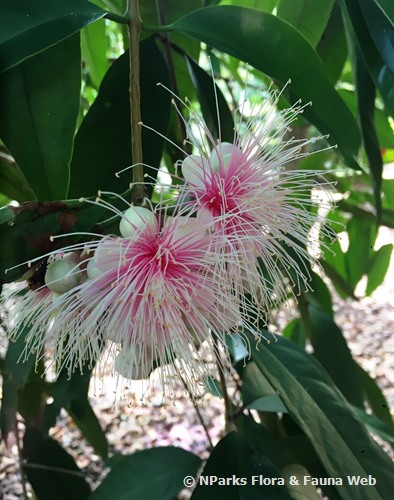
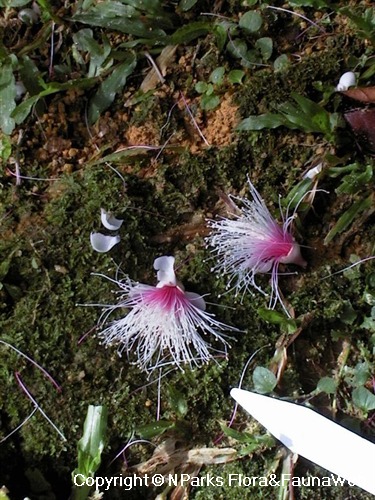
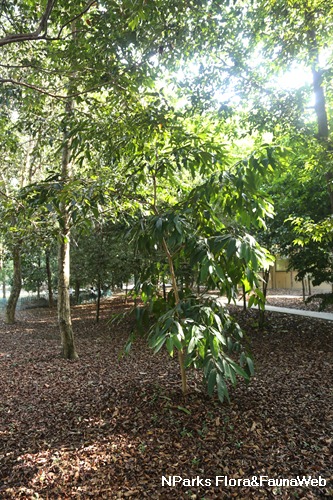
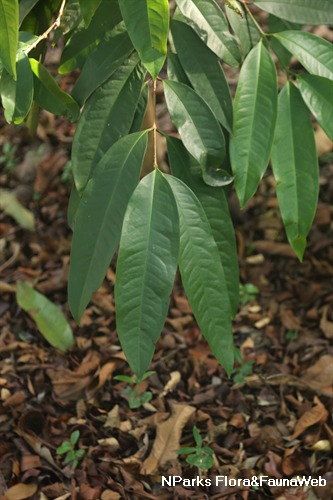
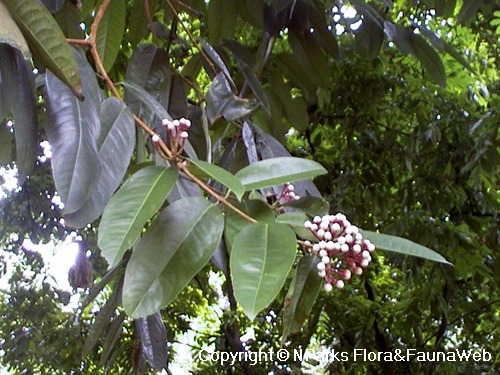
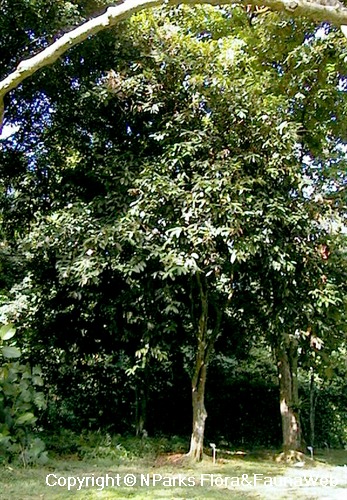
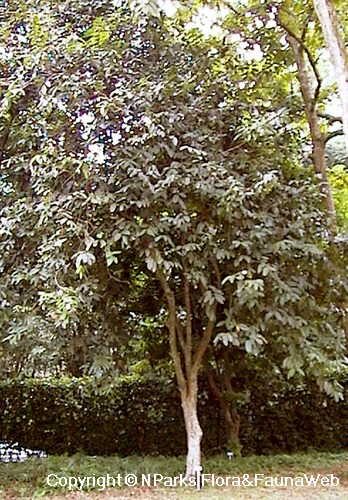
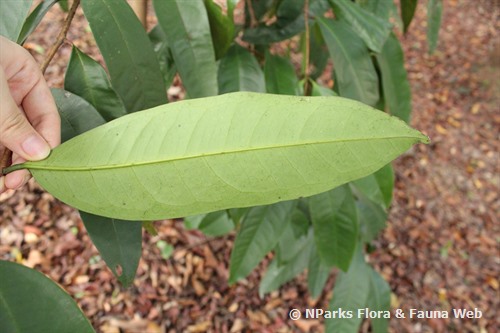
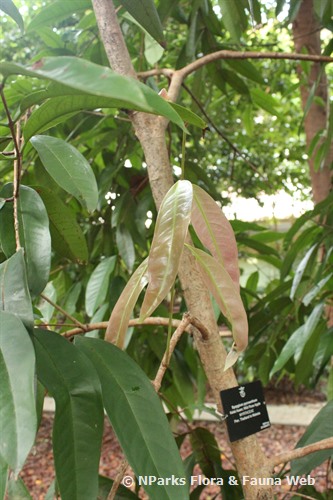
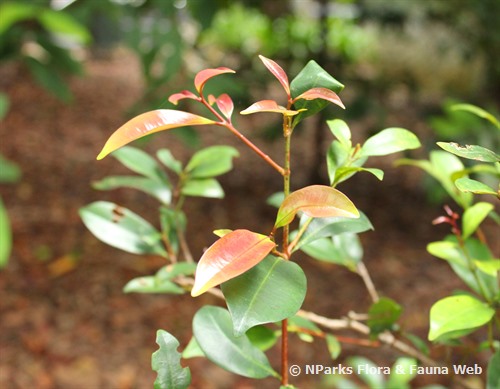
.jpg)
